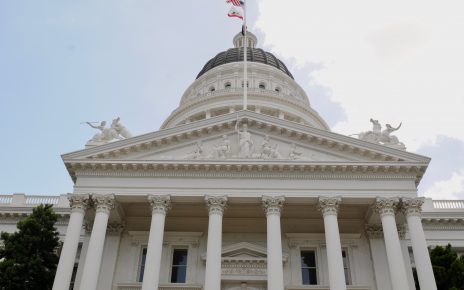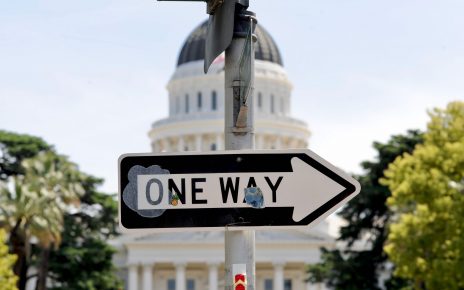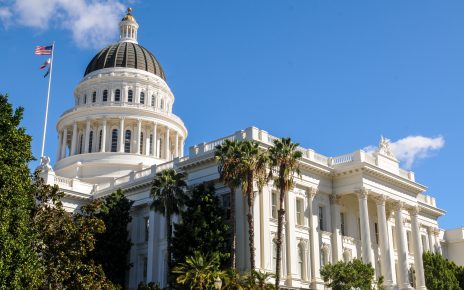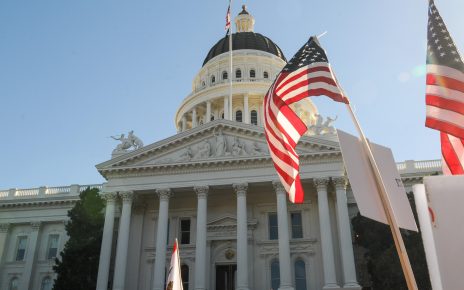Secrecy Agreements Settling Actions Involving Public Health or Safety
On February 16, Senator Connie Leyva introduced Senate Bill 1149 to prohibit agreements settling lawsuits involving public health or safety. SB 1149 would add Chapter 3.8 (commencing with Section 1002.9) to Title 14 of Part 2 of the Code of...







